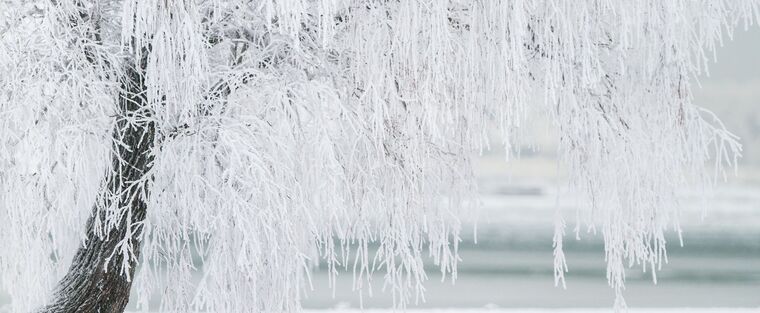- 1-905-452-8193
- Contact Us
- Member Login
- Get Listed Today
- 220,911 members

Canada's diverse climate, marked by harsh winter conditions, poses a challenge for many tree species. While some trees in the Great White North thrive in the cold, others face considerable struggle during the long, frigid months. This article explores trees that find it challenging to endure the Canadian winter, shedding light on their vulnerabilities and offering insights into how homeowners and arborists can support their survival. It's important to contact an arborist near you when you need winter tree care to take care of your trees.
Many tree species native to warmer climates, particularly those from the southern United States or other temperate regions, may struggle in the Canadian winter. Species like magnolias, southern dogwoods, and certain varieties of palms may experience stress and damage when exposed to Canada's cold temperatures, heavy snowfall, and icy conditions.
Broadleaf evergreens, such as rhododendrons and azaleas, can face difficulties in the Canadian winter. The combination of freezing temperatures and fluctuating moisture levels can lead to desiccation, where the leaves lose moisture faster than the roots can absorb it. This can result in winter burn, browning of the foliage, and diminished overall health.
Trees that bloom late in the growing season may struggle to complete their growth cycle before the onset of winter. Species like the Southern Catalpa or some varieties of flowering cherries might not have sufficient time to fully harden off their new growth, leaving them vulnerable to winter damage.
Certain tree species, while technically able to survive in Canadian zones, may struggle if not appropriately cold-hardy. Insufficient cold hardiness can lead to frost cracking, where the rapid contraction and expansion of tissues in freezing and thawing conditions cause the bark to split.
Trees that thrive in consistently moist conditions may face difficulties in Canadian winters due to fluctuating moisture levels and the potential for frozen soil. Willows, for instance, may experience challenges as their water sources freeze, impacting their ability to absorb essential nutrients.
There are a number of things you can do to help protect these vulnerable trees. Following these winter tree care tips can go a long way to keeping your trees healthy over winter.
Understanding the trees that struggle in the Canadian winter is crucial for homeowners, arborists, and landscapers alike. By selecting cold-hardy species, employing protective measures, and promoting overall tree health, it's possible to mitigate the challenges these trees face during the winter months. In doing so, we contribute to the resilience and longevity of our urban forests while ensuring the beauty and biodiversity of Canada's landscapes endure through the changing seasons. If you need help with your trees this winter in Newmarket, Aurora, Markham, or anywhere in the York Region don’t hesitate to contact us at Sequoia TreeScape. We are the most trusted arborist near you, only one call away at (416) 770-8733.
